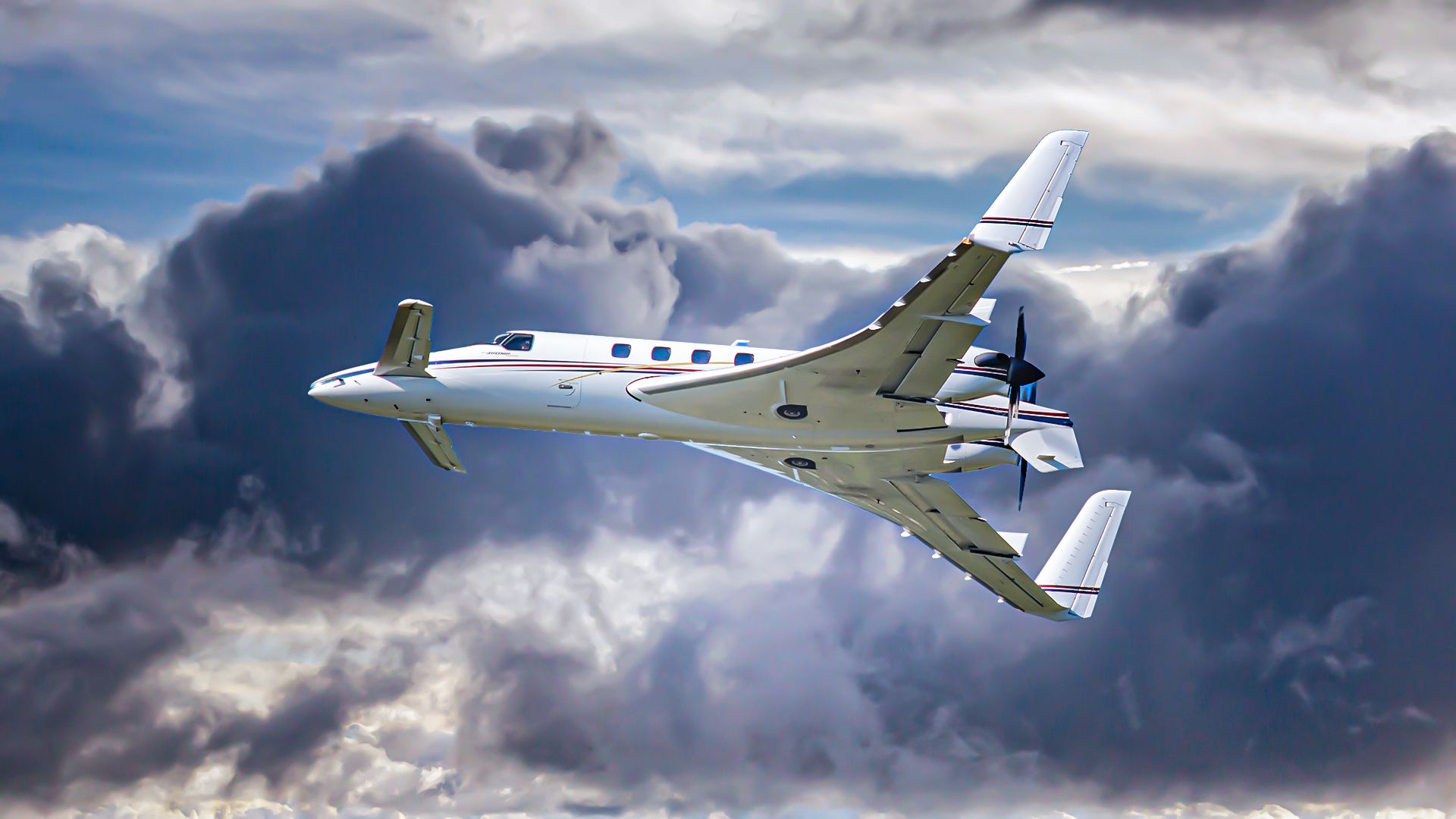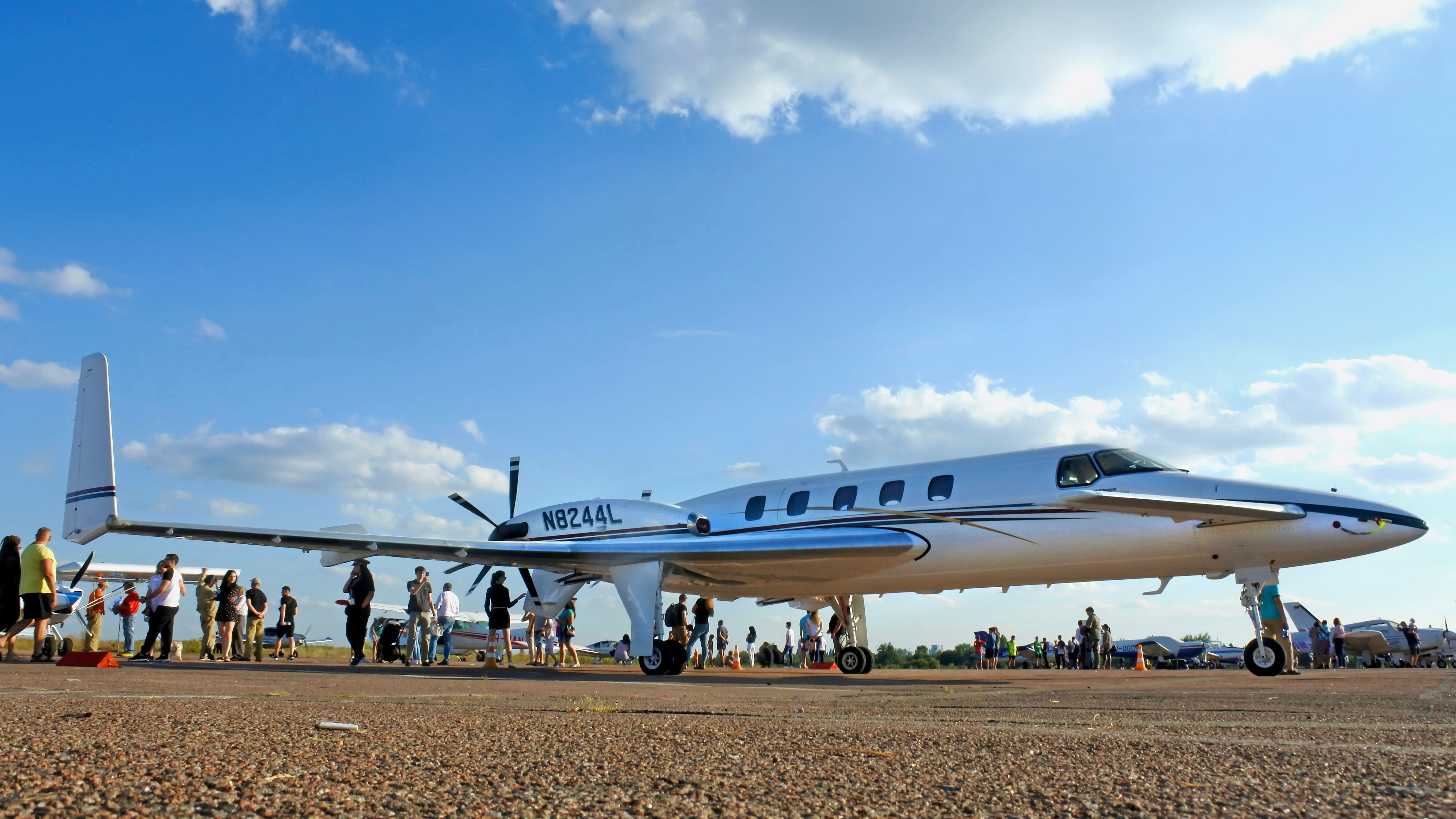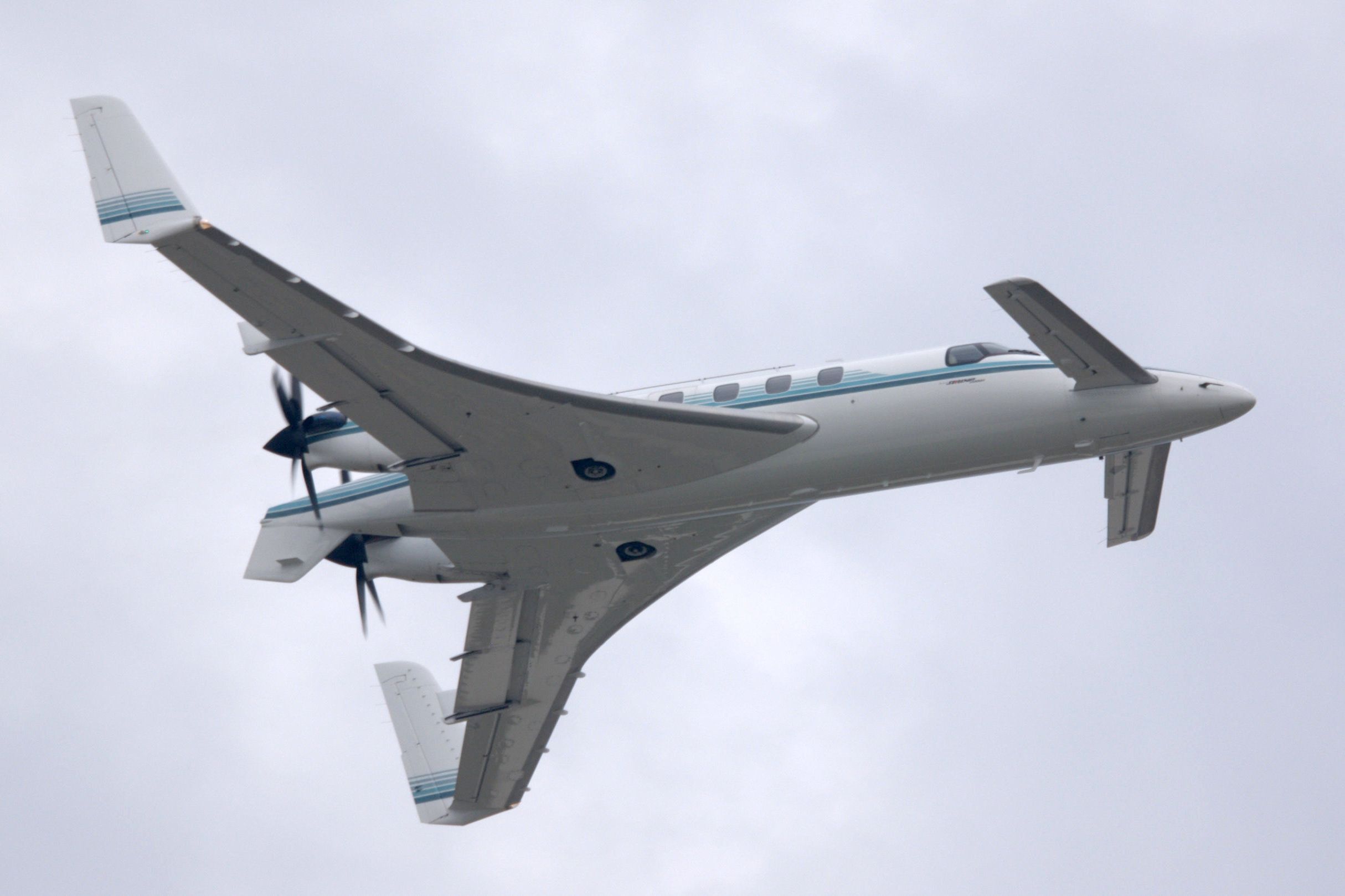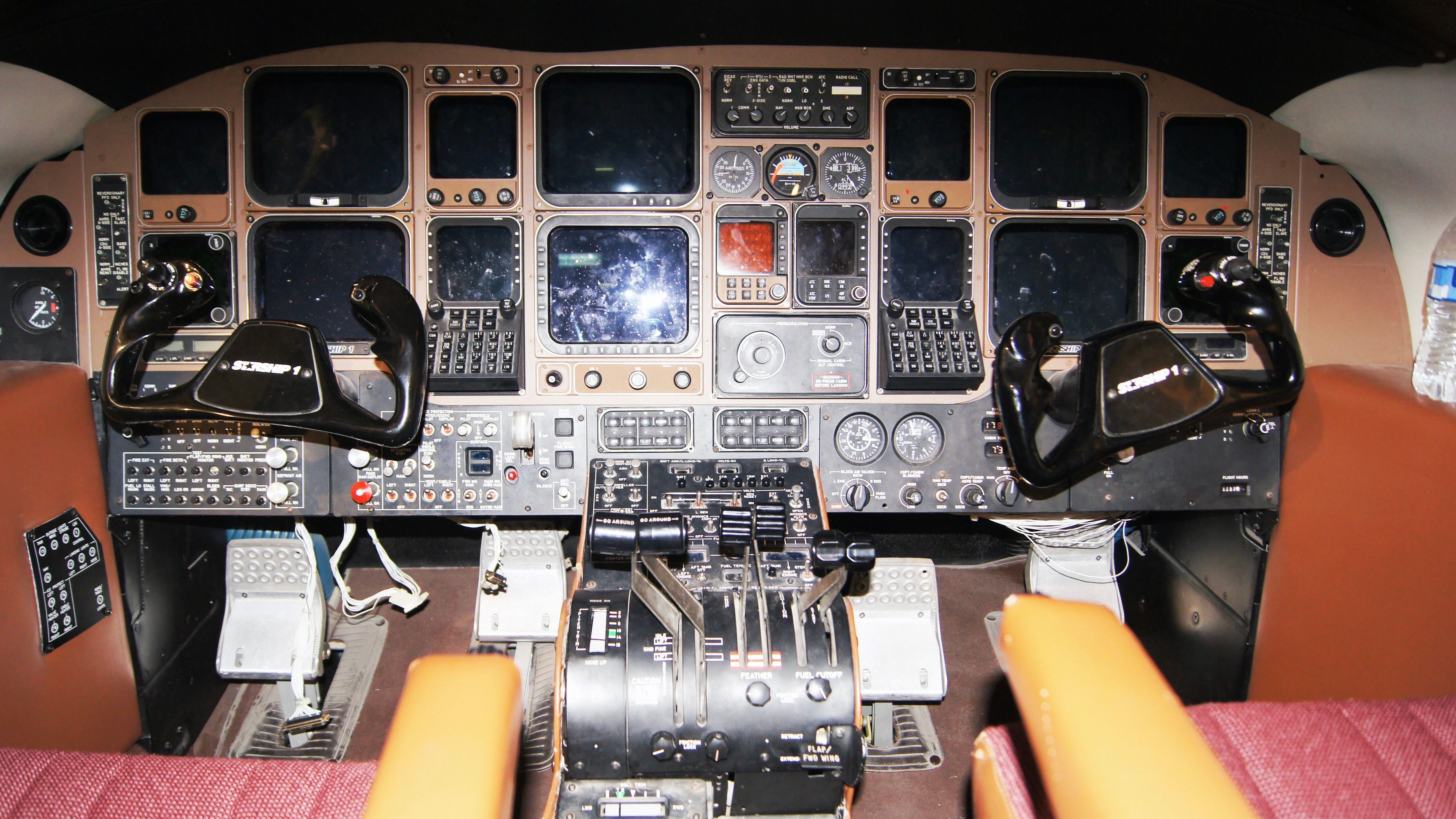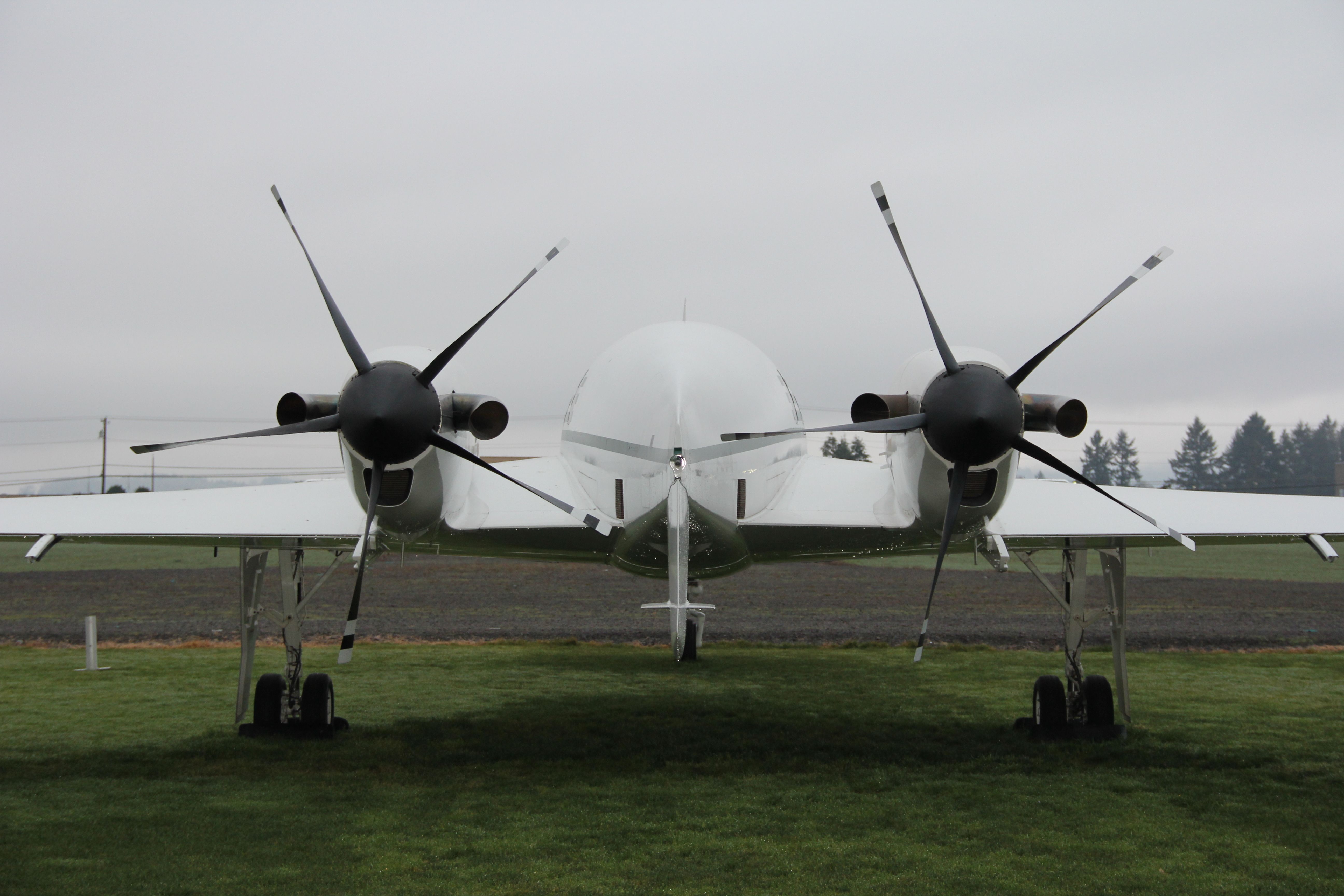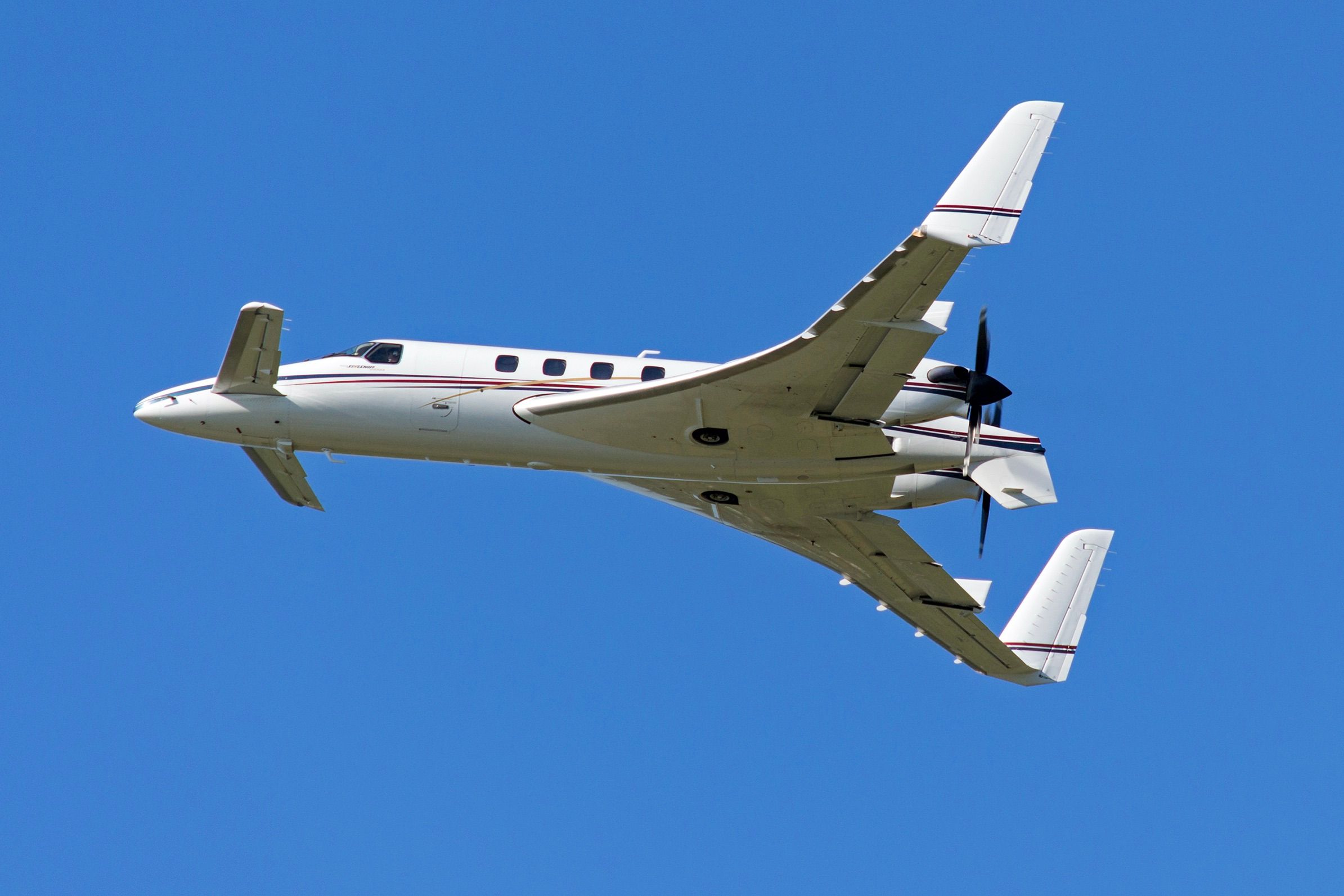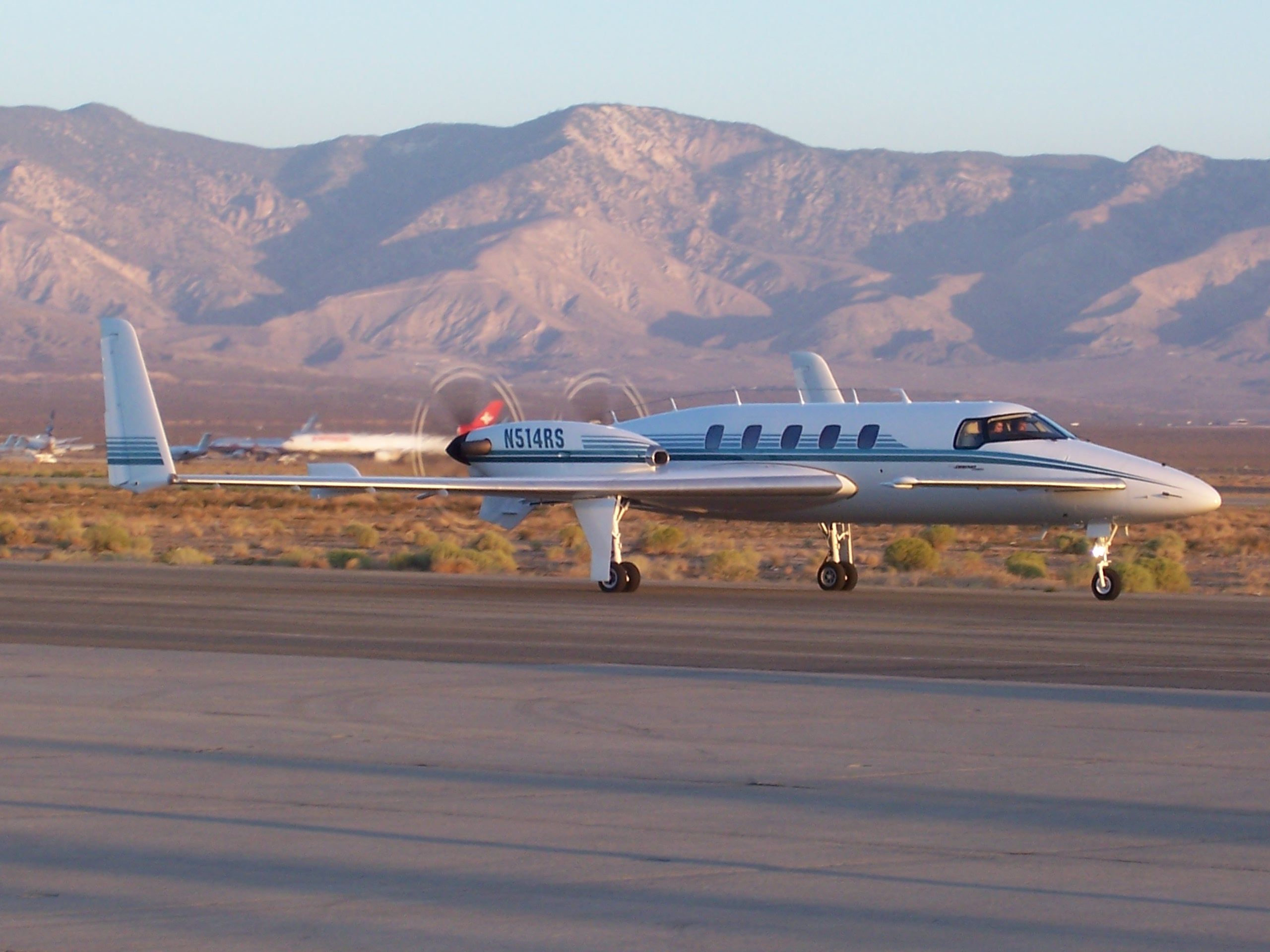Not many aircraft can be mistaken for the Beechcraft
Starship. It was a six to eight passenger aircraft made in 1983, but production halted in 1995 after Beech leased and sold only a small fraction of the 53 units it produced.
Surprisingly, the Starship had groundbreaking features that made it lighter, more stable, and faster. At the time, it was also one of the first in its class to have advanced avionics and was meant to be the successor of the King Air
. Despite the innovative features and achieving certification, the Beechcraft Starship struggled commercially. Eventually, the owners repurchased them, put some in museums, and destroyed the rest.
The futuristic Beechcraft Starship
When aerospace engineer Burt Rutan and his company collaborated with Beech Aircraft Corporation to build the Beech Aircraft, they wanted it to fly high and into the future. The aircraft was nothing like the others of that time and stood out for the following features:
Composite built
Beechcraft Starship’s all-graphite composite frame was previously used on military aircraft only, making it the first civilian aircraft with that build. The composite construction earned FAA
certification, marking it the first all-composite business aircraft to achieve this milestone. Beech and the engineer’s company chose composite, intending for the aircraft to be light and long-lasting. The composite set would have made the aircraft lighter than conventional aluminum planes.
Photo: Iryna Nazarova | Shutterstock
Unlike aluminum, which rusts over time—especially in harsh environments—composite materials don’t corrode easily. Without corrosion, the aircraft would have reduced maintenance costs and a longer lifespan. Since composite materials transmit less noise and vibration than aluminum, the aircraft’s cabin would have been quieter for passengers.
Canard wing design
The Beechcraft Starship had futuristic canard wing designs. This distinct design was meant to offer stability to the aircraft by reducing the wing load. The Starship’s canards made it more stable and easier to control than conventional designs.
The canard design shifted the center of lift forward, allowing the aircraft to have neutral to slightly nose-up stability without a tail. This continuous lift enhanced unmatched aerodynamic efficiency compared to the traditional tail designs that generate downforce.
The glass cockpit
The Starship had an all-glass cockpit, the first in civilian aviation. This innovative design beat traditional steam gauges and replaced them with digital displays with critical flight information. The cockpit layout allowed easy access to essential controls and instruments.
Photo: Barbara Kalofleisch | Shutterstock
Each instrument had its own digital box, presenting a clear visual representation of parameters such as airspeed, altitude, and engine performance. This transition from analog to digital instrumentation was a huge milestone in aviation technology in the 1980s.
Twin engines
The twin turboprop engines powered by Pratt & Whitney Canada represented Beechcraft’s effort to address the single-engine aircraft’s stability issues and expand its capabilities. The purpose of two engines, each generating 1200 horsepower, was to increase safety. The engines also allowed greater functionality, such as higher gross weights, speeds, and altitudes.
What happened to the Beechcraft Starship?
In the 1980s, Beech envisioned revolutionizing the aviation industry with a uniquely designed aircraft that nobody had imagined. The manufacturers intended to make the cabin larger than the King Air’s, yet lighter. This big vision, however, was blurred by some challenges.
Production cost
The original plan wasn’t to produce 53 aircraft. Beechcraft initially aimed to produce 40-50 Starships per year. However, making carbon composite molds for each aircraft turned out to be expensive and required significant manual labor. Using materials like Kevlar also required specialized skills in case of repairs.
These high costs became unsustainable, resulting in the production of fewer units than envisioned. Additionally, the aircraft needed extensive testing and redesigns to meet FAA certification standards, further delaying production and increasing costs.
Computing power
The design, manufacturing, and operation of the Starship required computer input. The cockpit displays and advanced flight control systems, which included a variable-sweep canard mechanism, also relied on computing power to perform optimally. Unfortunately, in the 1980s, computing power was still limited. Such technological hurdles contributed to the aircraft’s development difficulties and ultimately impacted its commercial viability.
Photo: Konwicki Marcin | Shutterstock
Poor marketing timing
Even without the other hurdles, the debut of the Beechcraft wouldn’t have come at a worse time than the 1980s recession. The 1980s economic recession was the worst and affected the world as well as the sales of the Beechcraft Starship. Wealthy individuals and corporations were scrutinizing their expenditures, avoiding expenditures such as purchasing private aircraft.
Launching a new business during an economic crisis can really hold back its growth.
High price
The Beechcraft Starship’s advanced airframe had a price tag of $3.9M. The high price and the economic climate at the time hampered aircraft sales. Buyers moved to more affordable and proven alternatives in the market, further eroding the Starship’s appeal.
Unconventional design
Even with the starship’s head-turning designs, it failed to gain traction because it moved from conventional design. The wing, pusher propellers, and canard design made potential buyers skeptical of its maintenance and performance. For instance, the pusher propellers were scrutinized because of noise and vibration. The composite airframe also raised doubts about its vulnerability to lightning strikes, leading to a test on the fuselage by subjecting it to lightning strikes.
Starship’s stardom makes a landing
The Beechcraft Starship was superior, with advanced features and technology. But with all these, its sales were unsuccessful, and production stopped after a few years. In what may be termed a disaster, the program was discontinued in 1995. As a result, maintaining a few of the aircraft became economically unfeasible for Beechcraft.
Photo: Pima Air And Space Museum
They could no longer produce spare parts, and maintaining the aircraft became costly and complicated because of its unique composite construction. Since the airframe wasn’t made from aluminum, recycling became a challenge, making destruction the only practical option. Consequently, some of them were put in museums and research institutes.
Then, in 2003, Beechcraft sent the remaining Starships to the Evergreen Air Center in Arizona for incineration, marking the end of the legacy of this innovative but commercially unsuccessful aircraft program.
Not even the canard wings and pusher propellers helped thrust the Starship further into success. Instead, it has become a subject of interest for aviation enthusiasts and historians, not just as cutting-edge aviation projects but also as a cautionary tale about overambitious designs.
Lessons from the Beechcraft Starship
The Beechcraft Starship, or what it was meant to be, is a stark reminder that the sky may not always be the limit. With many hours of paid labor and expensive material only to end up in museums and research specimens, it’s evident that innovation can be a risky venture.
Conversely, today’s market is more receptive to innovative designs and advanced avionics. The Starship’s cutting-edge features may have appealed to today’s buyers prioritizing efficiency and performance. The Starship may have thrived today when there’s an increase in private aviation and higher demand for business jets. Whether it would have been more successful today, we’ll never know!

